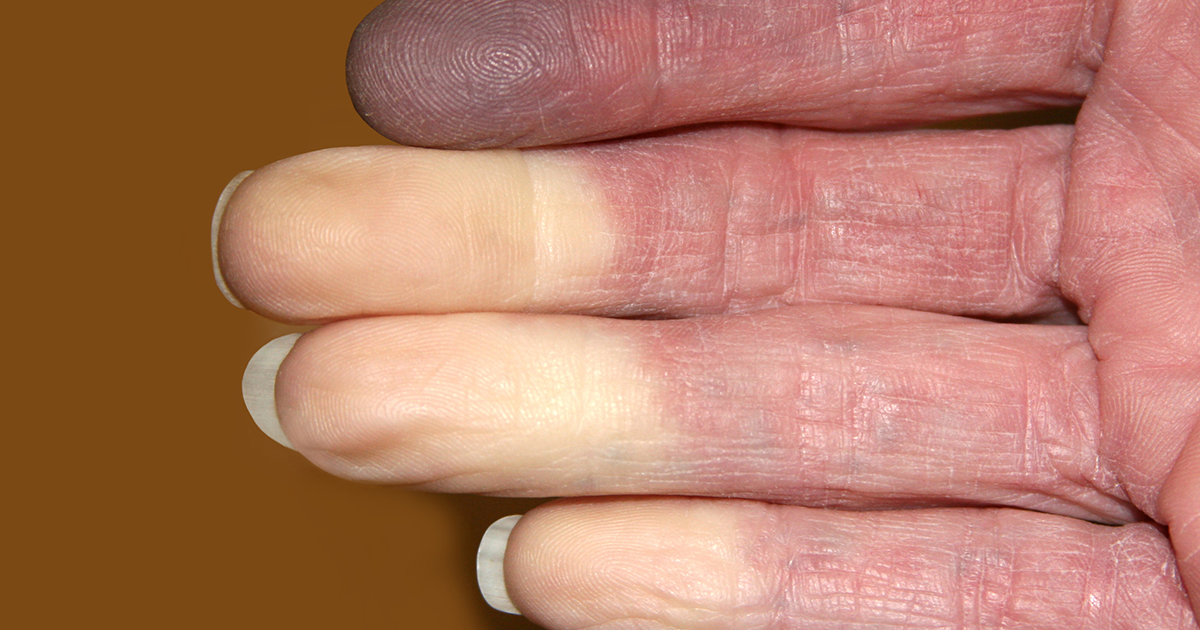Symptoms Of Raynaud's Disease
Raynaud's disease is also referred to as Raynaud's phenomenon or syndrome. It causes some areas of the body, especially extremities like fingers and toes, to feel cold and numb in colder temperatures and when stress is present. The disease causes the small arteries that carry blood to constrict, which limits blood flow to the affected body parts. The constriction of an artery is called vasospasm. Raynaud's disease is more common in women and individuals living in colder climates. The treatment will depend on the severity of the disease and other health issues that may be present. While Raynaud's disease does reduce the quality of life, it usually does not disable individuals who have it. Get to know the most common symptoms of Raynaud's disease now.
Cold Toes And Fingers

When a person gets cold toes and fingers in response to cold temperatures or stress, they may have Raynaud's disease. The cold fingers and toes are the result of the body trying to keep the vital organs, such as the brain and the heart, warm. To do this, the brain will send signals to the arteries carrying blood to nonvital regions that cause the arteries to constrict. The constriction stops warm blood from going to the nonvital regions and keeps the blood around the vital organs. Fingers and toes get a lower blood supply because they are not necessary to sustain life. The lower blood supply causes the fingers and toes to turn cold because the warmth from the blood is being directed to other parts of the body.
Learn more about the symptoms of Raynaud's disease now.
Skin Color Changes Due To Cold & Stress

With Raynaud's disease, the skin color changes to cold and stress due to reasons similar to why certain body parts become cold. The arteries in nonvital areas constrict to keep blood and oxygen supplied to areas needed to sustain life. The coldness and lack of blood also tend to cause the skin to change colors. In some cases, the skin will turn pale or white, and in other cases, the skin will turn blue or purple. The color change is, in part, due to a lack of warmth to the affected areas. The lack of oxygen to those areas also contributes to the color change. Usually, the natural color of the skin returns shortly after the cold or the stress is removed. If it takes a long time or persists, Raynaud's disease may have an underlying cause.
Discover more symptoms of Raynaud's disease now.
